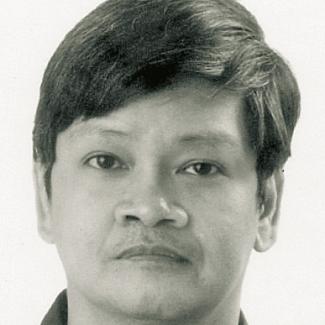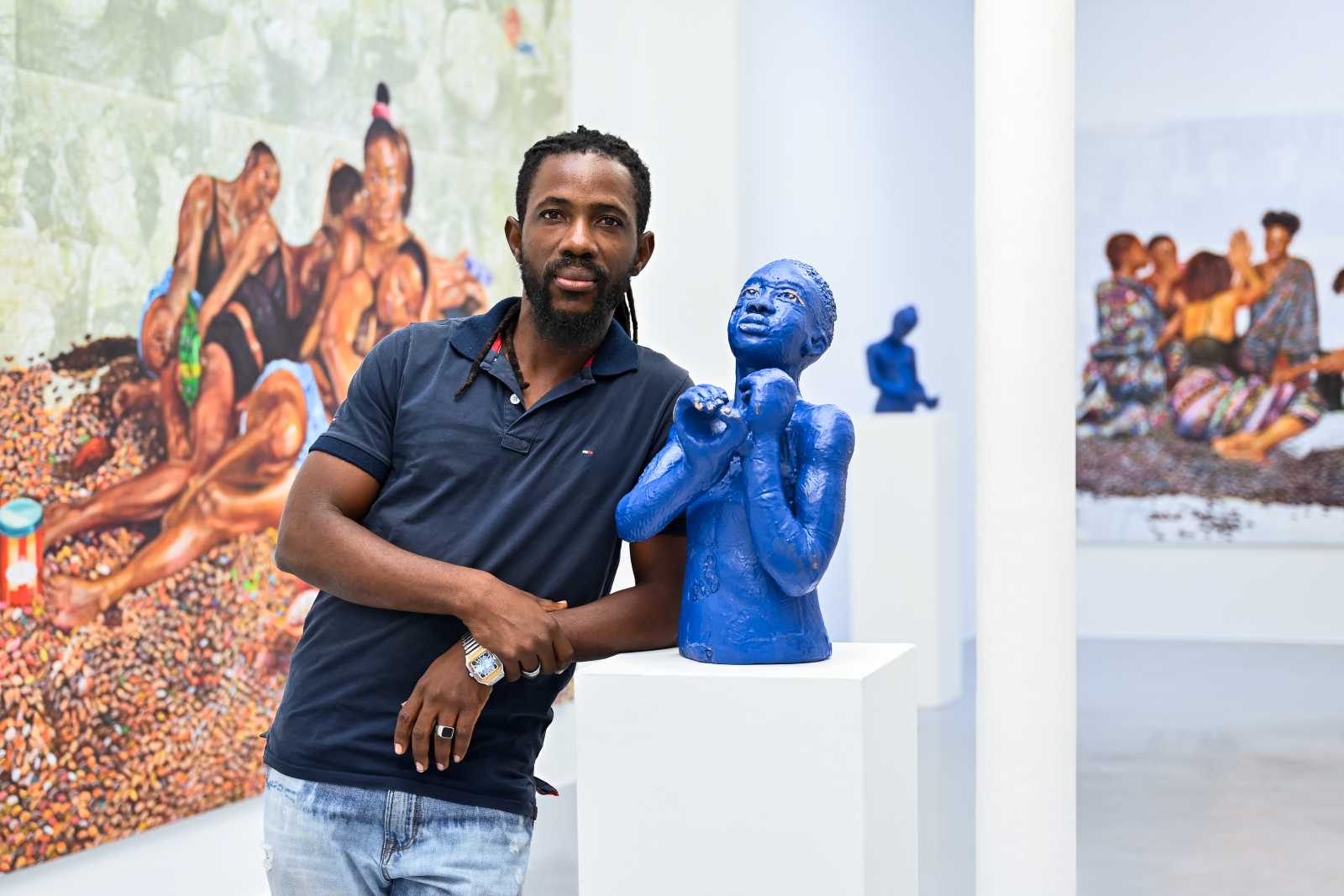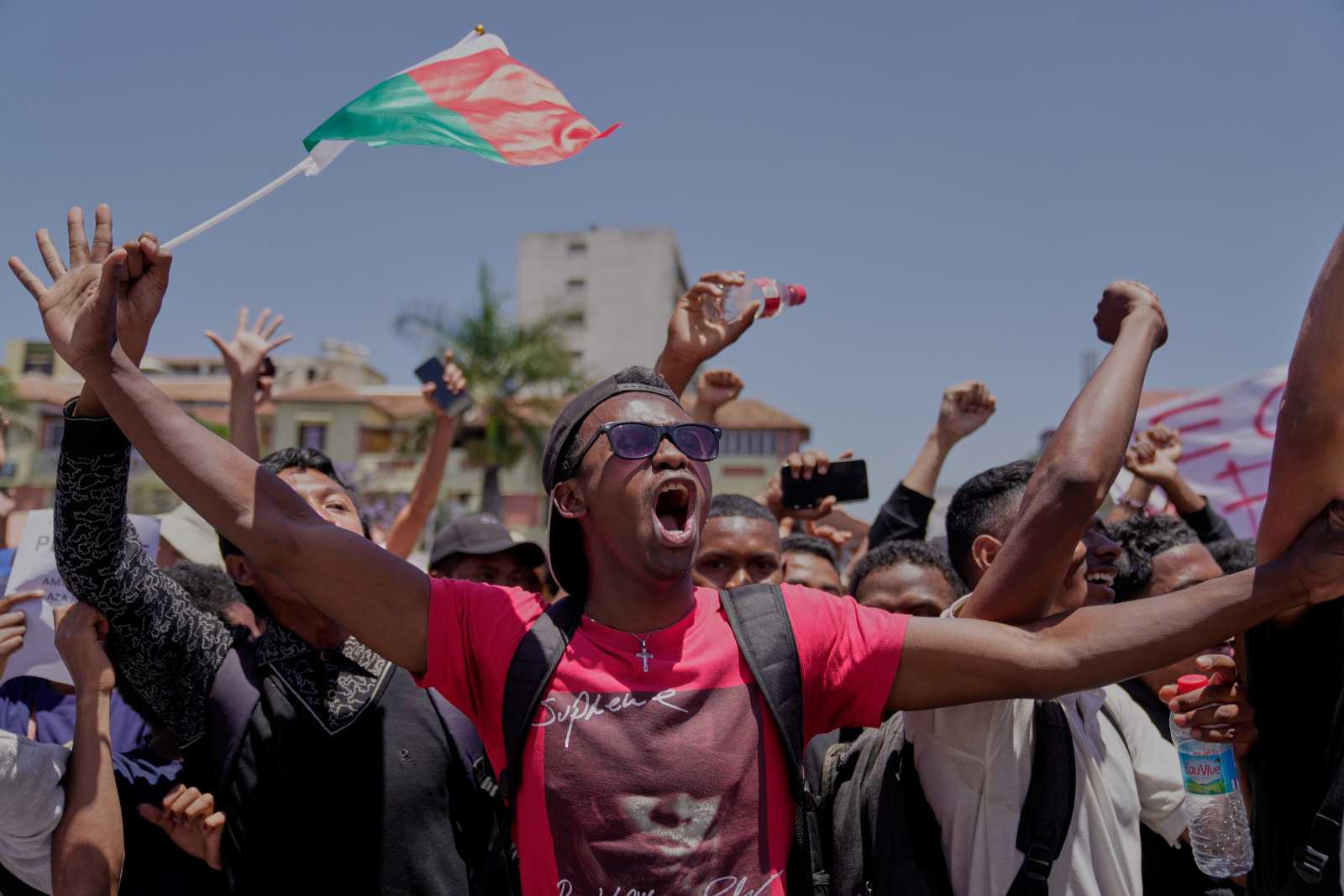Mobility
Commuters suffer
By Alan C. Robles
If only somebody could arrange for famed boxer Manny Pacquiao to fight a world championship bout everyday. Or if only Good Friday could be made to happen every week. Then Metro Manila’s traffic problems would be solved, with streets empty because people would either be indoors watching the fight, or out of town on holiday.
Absurd as they are, these “solutions” seem more likely to happen than the actual remedy that experts have long sought: an integrated, unified approach to traffic management free of local government politics. Thanks to those very politics, that vision has remained unrealised for decades.
Yves Gonzalez, head of the Traffic Discipline Office of the Metro Manila Development Authority (MMDA) puts it this way: “Metro Manila has a population of 12 million at night and 15 million in the daytime, so there’s a migration of about three million persons. All of them have to use the roads.” And so do millions who commute within the city.
According to Gonzalez, vehicular speed may drop to five kilometres per hour during rush hours on the main artery Epifanio de los Santos Avenue or EDSA for short. A grinding commute to work in the summer heat, aboard a packed bus crawling through fuel exhaust, is certainly not one of Manila’s most enchanting experiences.
The MMDA reports that “major roads are no longer sufficient to accommodate the rapidly rising traffic volume”. The situation is made worse by outmoded traffic signals, poor road conditions and a lack of efficient public transport. A mere accident on an important intersection is likely to paralyse many streets for hours.
The national government estimates that Manila’s traffic congestion annually costs the equivalent of € 2.3 billion in lost productivity, illness, wasted fuel and vehicle maintenance. The burden falls on those who can least afford it. A World Bank report noted that “pedestrians and commuters from lower income groups account for 75 % of all trips in Metro Manila”.
Traffic is not a new problem in Manila. In a novel he wrote in 1887, national hero Jose Rizal described the crush of horse-drawn carriages in the narrow streets of the small Spanish colonial capital. By 1922, under colonial rule by the USA, the city already had 10,000 automobiles and 6,000 horse carts, and it became necessary to set up a traffic division with 97 police officers.
The colonial town has since become Metro Manila, a giant sprawl of 16 cities and one municipality. But while the metropolis has expanded, its roads have not kept pace with the increasing load. According to the MMDA, 1.9 million vehicles were registered in Metro Manila, almost 15 % more than in 2008. Today, the MMDA’s Traffic Discipline Office relies on 1,400 traffic enforcement staff. Its funds are limited. This year it can spend a mere 1.2 billion Pesos (€ 20 million), only 20 % more than in 1995.
The MMDA is increasingly relying on information and communication technology (ICT). It set up a Twitter account in 2010, which currently has 180,000 followers. It also started offering downloadable traffic apps for mobile devices last year and recently partnered with a radio station to air live traffic updates. It also uses street cameras, laser speed guns and digital display boards on EDSA. The goal is to make traffic itself smarter. Gonzalez says: “One of the biggest causes of jams is lack of information.” If people do not know there was an accident in a certain place, they keep driving there, adding to the problem. Intelligent traffic management, however, is no adequate response to the underlying problem of too much traffic on inadequate infrastructure.
Four crucial issues
Efforts to arrive at long-term, lasting solutions have always ended up looking like the traffic itself – gridlocked in a tangled mess. There are four core problems:
– the disorganised polity,
– the indiscipline of many people,
– rampant corruption and
– the lack of good public transport.
Metro Manila’s 17 local government units are touchy about their rights. Moreover, they are not the only bodies with a say in traffic matters (see box below). A study prepared for the University of the Philippines states: “The road development programme is still not linked to any particular land use scheme.”
The solution would be to set up an authority over the entire agglomeration, but this issue is politically sensitive. The leader of this authority would be extremely powerful, perhaps second only to the national president. It does not help that Metro Manila once had a governor – she was Imelda Marcos, the wife of dictator Ferdinand Marcos. The family plundered the archipelago and is not held in fond memory.
Motorists’ discipline is poor. It does not take foreigners in Manila long to notice that Filipinos tend to consider traffic laws optional, not mandatory. People load, unload and park their cars and trucks pretty much anywhere they please. They disregard traffic signals and sometimes cruise down the wrong side of streets. Motorcyclists often drive on sidewalks. The relaxed attitude to laws is not restricted to drivers – commuters unhesitatingly flag down public vehicles in the middle of the street, while pedestrians are prone to dash randomly across busy avenues.
MMDA official Gonzalez says the issue can be addressed by enforcement and education, but he is not contemplating fast change: “The target should be the youth; they’re the ones who haven’t yet acquired bad habits.” The MMDA will therefore soon start an awareness campaign, including the use of “entertaining” videos on YouTube and in the DVD format.
The impact of bribes
The problem of corruption is probably even more pervasive than indiscipline. Paying bribes is very common. There are probably very few Filipino drivers who have not paid off a traffic policeman at one time or another. It will take generations to address this issue, but Gonzalez says a promising start would be to pay traffic enforcers decent wages so that they’ll have less incentive to accept bribes.
Corruption compounds Manila’s traffic problems in another important way. Gonzalez says that “a bus operator with a franchise for 30 buses is actually likely to operate up to 45 buses”, and will get away with it by “bribing the right people”. The MMDA official estimates that a “surplus” of 30 to 40 % must be added to the 200,000 officially registered public utility vehicles that ply Metro Manila’s streets. To tackle this challenge, the MMDA will soon require public buses to use RFID (radio frequency identification) chips that can be monitored via GPS and linked to a programme that will expose rogue buses.
While the city’s streets are blanketed by registered and unregistered buses, the fabled jeepneys (diesel-powered vans patterned after the US military vehicle) and motorised tricycles, that coverage does not result in efficiency, but in chaos and discomfort. The vehicles are cramped, many are old and seem to be falling apart. Tail pipes emit clouds of fuel exhaust.
Things could be different, as Gonzalez knows only too well. He says: “In Singapore you can get anywhere using public transport, it doesn’t matter if you’re a labourer or a lawyer, you can use public transportation, it’s efficient and it’s comfortable.” Manila has an elevated light and medium train system which is a boon to commuters, but the network coverage is inadequate, the trains are always packed full, their number insufficient to handle the volume of passengers.
Faced with these unpalatable public transport options, many residents can’t be blamed for aspiring to buy their own cars. According to Gonzalez, “everyone wants to get out of the public transport situation”. This observation is borne out by a 2007 paper published in the Journal of the Eastern Asia Society for Transportation Studies. According to the study, the first transport preference of Manila commuters is the car, and if they have to take public transport, they prefer the train. The study observes: “It is important for the government to focus its attention to the provision of more mass transport system in Metro Manila.”
Gonzalez agrees. He says: “We need to raise public transportation to a level such that people can actually choose it as a viable alternative.” Otherwise, he warns, Filipinos will just keep on buying cars “even if they have no place to park it, or don’t know how to drive it”. Every new vehicle, of course, adds to the traffic volume.
Without coordination and planning, the city faces the prospect of slowly choking on an increasing volume of vehicles jammed down an inadequate number of streets, and MMDA’s current efforts will be a rearguard battle at best.








